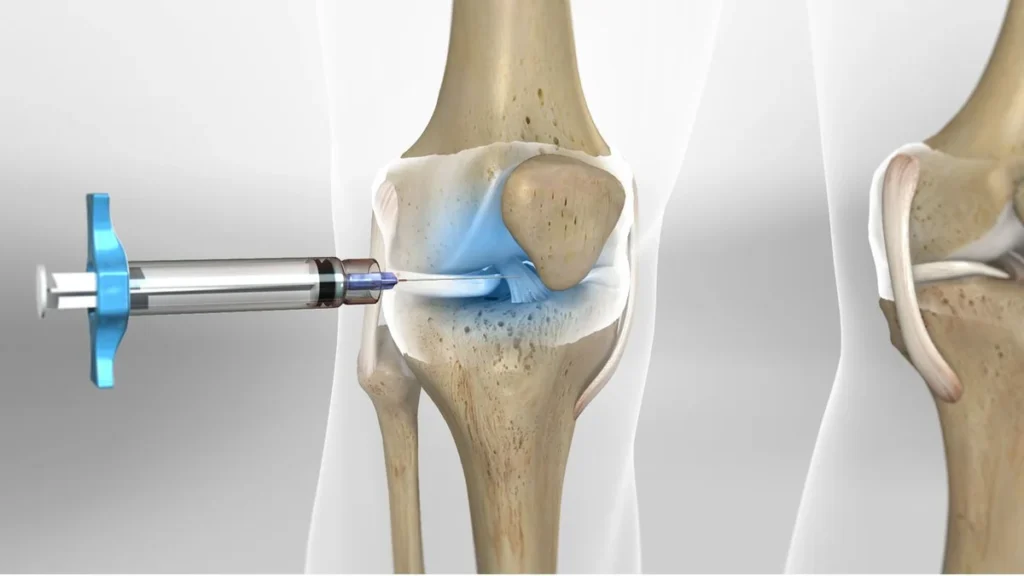In this article, we will discuss elbow dislocation. Dislocation refers to a condition where the two joint surfaces forming a joint separate from each other. In other words, the bones that make up a joint lose their anatomical relationship to each other.

- Partial Dislocation of the Elbow Joint
- Anatomy of the Elbow Joint
- Ligaments of the Elbow Joint
- Primary Cause of Elbow Dislocation
- Mechanism of Dislocation Due to Falling
- Elbow Dislocation Due to Car Accidents
- Injuries Associated with Elbow Dislocation
- Risk Factors for Elbow Dislocation
- Symptoms of Elbow Dislocation
- Imaging Techniques
- Treatment of Elbow Dislocation
- Post-Reduction Care
- Complications of Elbow Dislocation
Partial Dislocation of the Elbow Joint
Sometimes, the joint surfaces do not completely separate but lose their correct anatomical positioning relative to each other. In this case, parts of the joint surfaces remain in contact, a condition known as subluxation or partial dislocation.
Anatomy of the Elbow Joint
The elbow joint is composed of three bones: at the top, the lower part of the upper arm bone (Humerus), and at the bottom, the upper parts of the two forearm bones, namely the Ulna (on the side of the little finger) and the Radius (on the thumb side), contribute to the formation of the elbow joint.
Ligaments of the Elbow Joint
On both sides of the elbow joint, internal and external, there are ligaments that stabilize the elbow joint. The ligaments on the outer part connect the upper arm bone to the Radius bone, and those on the inner part connect the upper arm bone to the Ulna bone.
Primary Cause of Elbow Dislocation
Elbow dislocations are rare but most commonly occur due to falling on an outstretched hand, especially when the arm is extended and held forward. The impact of the palm hitting the ground transmits force from the ground to the hand.
Mechanism of Dislocation Due to Falling
The condition where the force moves upwards and travels through the forearm to the elbow, causing dislocation.

To make an appointment or get an online consultation with Dr. Nader Motallebi Zadeh, Limb lengthening surgeon, proceed here.
Elbow Dislocation Due to Car Accidents
Another mechanism that can lead to elbow dislocation is car accidents. In these incidents, when the car suddenly stops due to a collision, the passengers extend their hands forward to prevent hitting the dashboard. The resultant force, similar to the mechanism in falls, is transferred to the elbow, causing dislocation.
Injuries Associated with Elbow Dislocation
During elbow dislocation, the tissues surrounding the joint, such as the joint capsule and ligaments, often suffer damage. These injuries can range from stretching to complete tears. In more severe cases, elbow dislocation may be accompanied by bone fractures in the joint and damage to the vessels and nerves passing through the elbow area.
Risk Factors for Elbow Dislocation
In some individuals, the elbow joint is inherently loose. Additionally, in others, the curvature of the olecranon process is less pronounced. In these two groups, the likelihood of elbow dislocation following an impact is higher.
Symptoms of Elbow Dislocation
Typically, symptoms of elbow dislocation manifest as a change in the shape of the elbow accompanied by severe pain. Swelling in the elbow area develops after a while. The patient usually holds the dislocated elbow with the other hand and prevents it from moving. Any movement of the elbow is associated with severe pain, and bruising on the inner part of the joint is usually observed shortly after the impact. Doctors use plain radiography for diagnosis.
Imaging Techniques
Elbow imaging is conducted to identify the displacement of bones and to check for the presence or absence of fractures associated with the dislocation.
Treatment of Elbow Dislocation
Like other types of dislocations, elbow dislocation should be promptly reduced. It is preferable to perform this in an operating room under general anesthesia, but it can also be done in the emergency department. Before reduction, the patient’s pain is alleviated with analgesics. The reduction technique involves pulling the forearm in its longitudinal direction and pushing the olecranon process forward.
Post-Reduction Care
After reduction, the elbow is immobilized in a splint for one to two weeks. Early initiation of elbow movements is crucial to prevent limited mobility. The patient should perform specific exercises and movements under the supervision of a physician and physiotherapist to strengthen the muscles around the elbow. However, sometimes a limitation in mobility remains, particularly in fully extending the elbow. In cases where elbow dislocation is accompanied by a fracture, surgery is usually necessary.
Complications of Elbow Dislocation
The most common complications of elbow dislocation include nerve damage, which may lead to temporary paralysis, damage to the brachial artery, ectopic bone formation that can cause limited mobility of the elbow, and restricted movement due to adhesions in and around the joint tissues.

To make an appointment or get an online consultation with Dr. Nader Motallebi Zadeh, Limb lengthening surgeon, proceed here.



